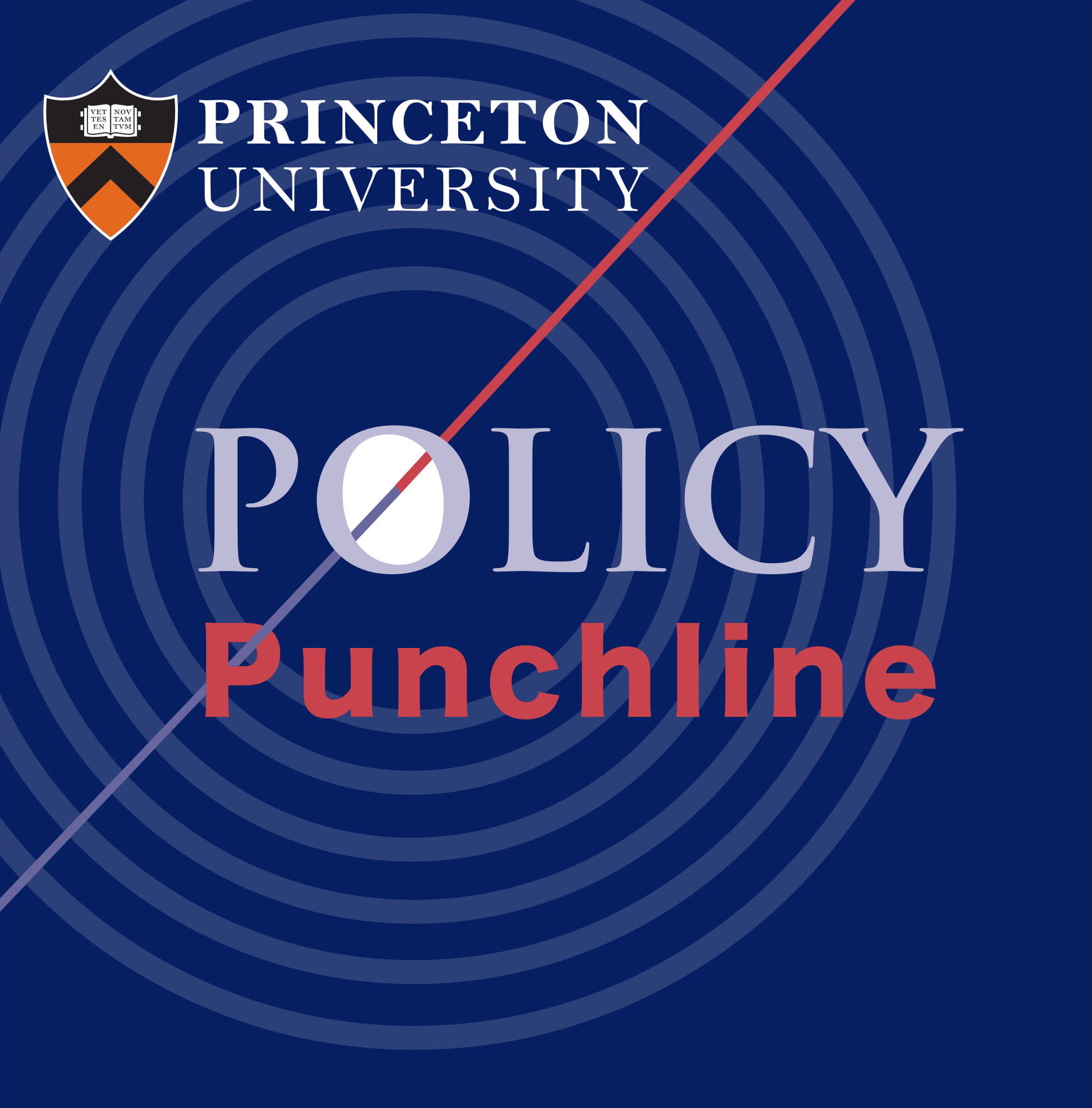IMPACTS ON THE HEALTHCARE SYSTEM | HOME
Punchline #1: The strain on the healthcare system will unleash exponentially worse outcomes on infection & fatality rates.
Hoping for the best case scenario, let’s just say Coronavirus has a fatality rate of less than 1% and it’s far less detrimental than the normal flu, what does this change?
First, it is a fact that places where a flood of sick patients overwhelming hospital capacity would have higher death rates than places where everyone who needs medical care can get it – which means that if the U.S. healthcare system no longer has the appropriate capacity to handle the incoming patients, the system will crash and more deaths will take place. The rate of infection and death will rise exponentially faster when resources are stretched.
If one paid any attention to the situation in Wuhan, one would realize that the lack of medical resources quickly became a severe cause in exponentially increasing infectious cases, and as medical workers fell sick, you’ll be waiting for a humanitarian crisis to happen. NYTimes depicted the despair of people in those days:
Weak with fever, An Jianhua waited in line for seven hours outside the hospital in the cold, hoping to get tested for the new coronavirus, which doctors suspected she had contracted…
… In recent days, some say they have called 120, China’s equivalent of the emergency number 911, only to be told that there were already hundreds of people in the queue.
Another danger is that if the healthcare system is forced to be fully occupied with Covid-19 patients, patients in urging care that desperately need treatment for other illnesses will largely be ignored. As in the case of China, patients with diseases like AIDS or chronic illnesses will inevitably be pushed down on the priority ladder, even though their situations are just as dire. This is also not to mention other low-income households relying on social security paychecks.
Punchline #2: The unknown and unpredictable properties of Covid-19 should lead us take more proactive and even somewhat extreme measures. We should not wait until the medical properties are better studied.
On a more theoretical level, because the virus still has many unknown properties (such as the contagious rate for asymptomatic carriers, the frequency of the re-emergence of virus after being cured, and what long-term negative effects on health will be left on the cured), it only calls for more reasons to take more extreme measures. These uncertain properties of the virus, however, will have substantial impact on whether policies implemented are effective. Bottom line, the measured fatality rate is likely to be downward biased due to the lag between identified cases, deaths and reporting of those deaths, as well as given how global connectivity is at an all-time high.
